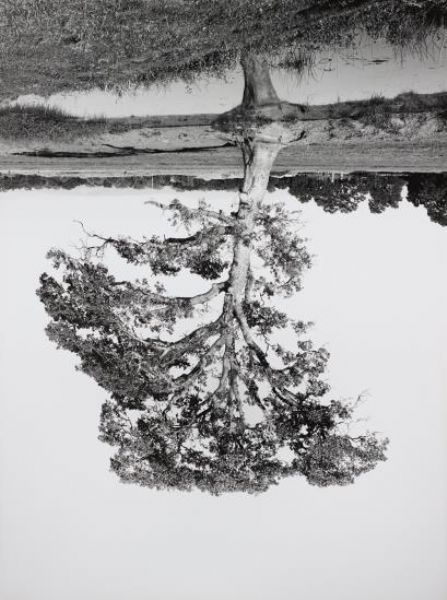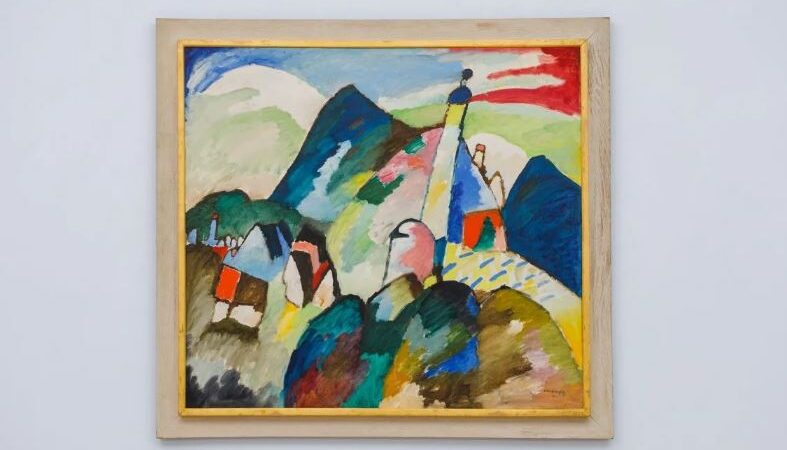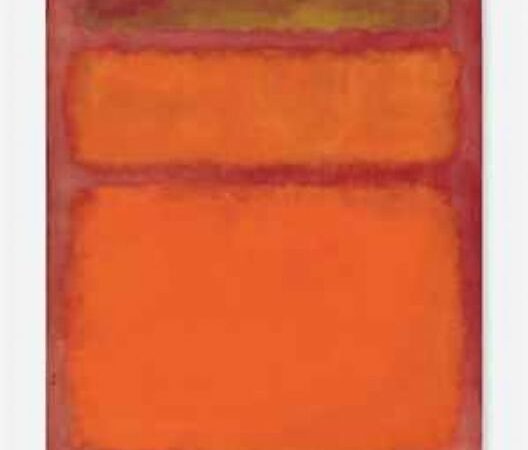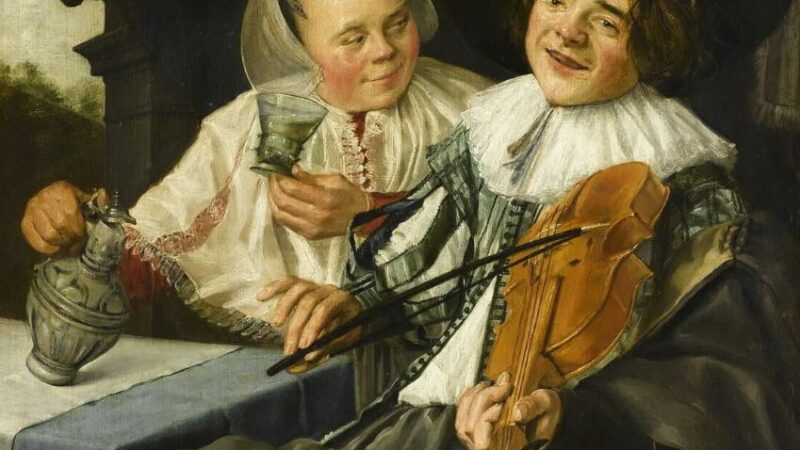Rodney Graham, one of Canada’s most celebrated artists, Dies at 73

Rodney Graham, an artist whose dryly funny works about repetition made him one of Canada’s most celebrated artists, died at 73 on Saturday in Vancouver.
In an announcement of his death, his four galleries—303 Gallery, Hauser & Wirth, Lisson Gallery, Galerie Rüdiger Schöttle, and Esther Schipper—said he had been battling cancer for the past year.
Since the ’90s, Graham has been widely celebrated in the international art world for films, photographs, paintings, and more that involve the artist offering up banal scenarios. They feel designed to bore or irk their viewers, who have responded to them with a mix of confusion and laughter.
His most famous work remains the 1997 video Vexation Island, in which the artist performs as a seafarer in dated garb who lies asleep on a beach, seemingly alone. For almost all of the video’s nine-minute runtime, Graham remains in his mysterious slumber. Then, at the very end, he wakes up after a coconut falls on him.
Although Graham had been creating art since the ’70s, Vexation Island is considered his breakthrough. It was shown at the 1997 Venice Biennale, where Graham represented Canada. Writing in Artforum, curator Dan Cameron called it “infuriatingly hilarious.”
His first video, Halcion Sleep (1994), could be labeled similarly. It consists of little more than a grainy long take of the artist asleep in the trunk of a car after ingesting Halcion, a drug typically prescribed to people suffering from insomnia. As he rests, he is driven from a hotel to his home. “It was like a reverse-kidnapping kind of thing,” Graham once told the Globe and Mail.

Graham was also a performer in many of his more recent photographs, which have been shown widely and exhibited as lightboxes. He appears in them enacting scenarios that feel both vaguely familiar and slightly tough to pin down: a beefy tattooed guy leaning over a balcony, a man in a sterile, retro lecture hall with a TV set parked in front of a chalky blackboard.
Some of these works appeared to have specific referents, such as 2007’s The Gifted Amateur, November 10, 1962, in which Graham poses as an artist spilling yellow paint down a tilted canvas in a midcentury home. The painter Morris Louis, as New York Times critic Roberta Smith once noted, died two months before the date noted in the work’s title.
“There’s a roguish charm to Rodney Graham’s art, but it is ultimately aloof, as if intended to entertain a party of one, namely himself,” Smith wrote. “The rest of us can certainly watch if we choose to, but it’s not required.”
Watch, many of his viewers did, and with glee, too. The writer Rachel Kushner once praised a film in which Graham drops LSD as being “deliberate, precise, complicated—just as you might have suspected.” The artist and musician Kim Gordon once said she loved the lyrics of Graham’s music, which he began producing before he even turned to art.

Rodney Graham was born in Abbotsford, British Columbia, in 1949. He attended the University of British Columbia for art history and, later, Simon Fraser University, where he was taught by the drummer Ian Wallace. With Wallace, he was part of the band UJ3RK5, whose members also included the photographer Jeff Wall.
In the years afterward, Graham would be considered a part of the Vancouver School alongside Wall, Wallace, Stan Douglas, Ken Lum, and Vikky Alexander. All of these artists utilized reproductions and restagings in their photo-based practices to consider the slippery nature of reality, especially when it was filtered through the lens of a camera.
Graham’s earliest works, from the late ’70s and early ’80s, are far more conceptual than the works for which he later became known. Many of these had to do with camera obscuras, a device that can display a flipped image on a wall—essentially a form of projection that dates back to projectors came into being.
He would photograph trees and exhibit the resulting pictures upside-down, alluding both to this proto-projection technology and to the true nature of vision itself. “Before the brain rights it, the eye sees a tree upside down in the same way it appears on the glass back of the large format field camera I use,” he once said.
In the ’80s, he began to make more frequent use of loops in his work, rearranging ready-made text lifted from a Georg Bücher novel until it no longer made sense.

Whether he was focused on the Marlboro Man or Rheinmetall typewriters, Graham always took up his subject matter with a spirit of serious curiosity and playful subversion.
This extended to the paintings he produced toward the end of his career. They looked a lot like Cubist masterpieces or overlooked modernist gems, but in fact, Graham had carefully engineered them that way. Viewers interested to learn more would find out that Graham had actually determined their compositions in Photoshop.
By the end of his career, he had appeared in one edition each of the Venice Biennale, documenta, and the Whitney Biennial, as well as a host of other recurring international showcases. He had had retrospectives at the Institute of Contemporary Art, the Vancouver Art Gallery, the BALTIC Centre for Contemporary Art, the Museum Voorlinden, and the Irish Museum of Modern Art, and he had been named to the Order of Canada. But he still remained humble—for the most part.
When Frieze asked in 2007 what he would choose to do if he were not an artist, he said, “Being a rock star – hey wait a minute I AM a rock star!”
Source: artnews.com





